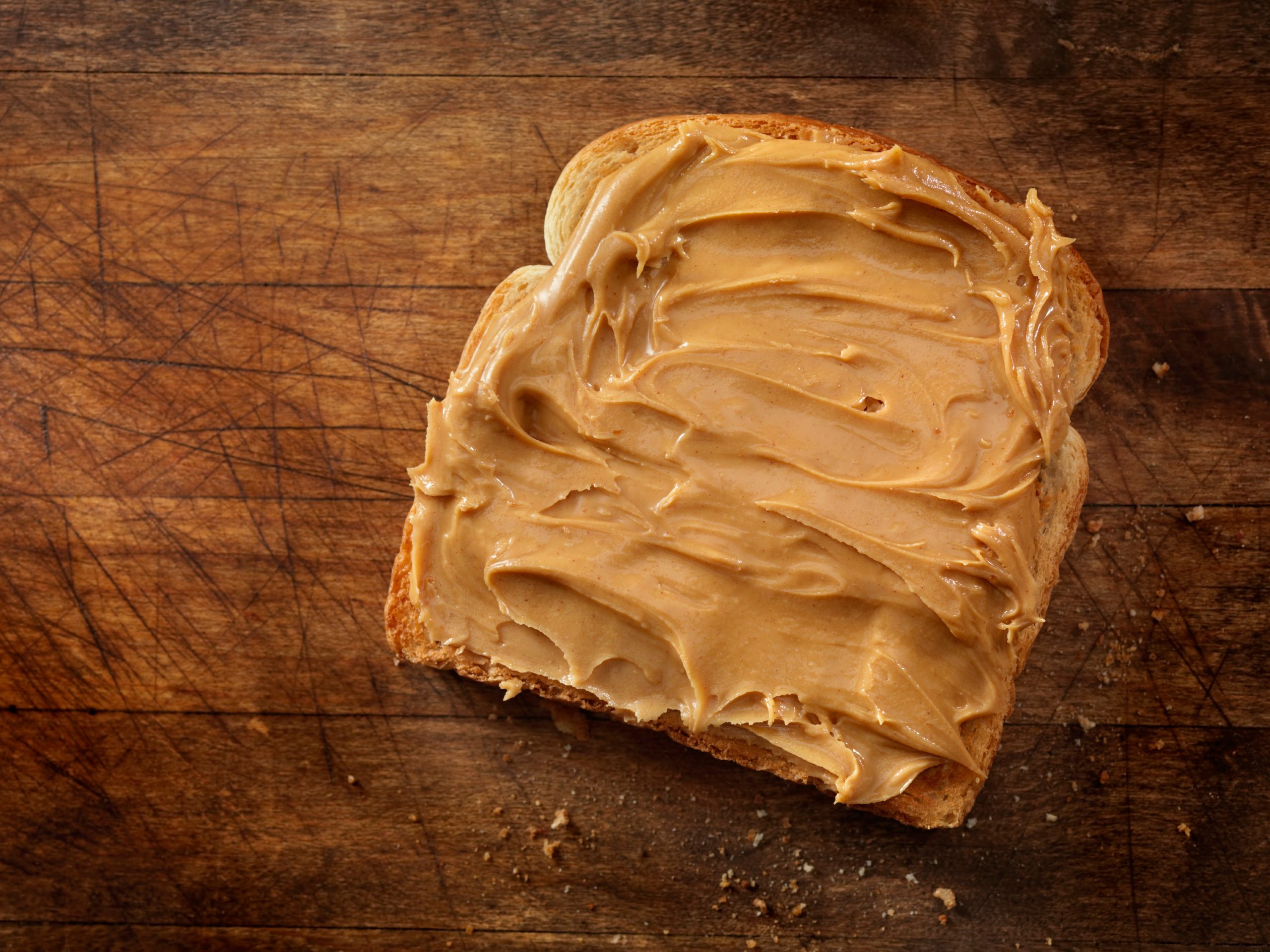
Reduced-Fat Peanut Butter
Peanuts are naturally fatty, and most of that fat is of the heart-healthy variety. Reduced-fat peanut butter tends to be jacked up with useless calories from sugar, to compensate for its lost flavour. Go for regular or unsweetened PB to enjoy its nutty richness the way nature intended.
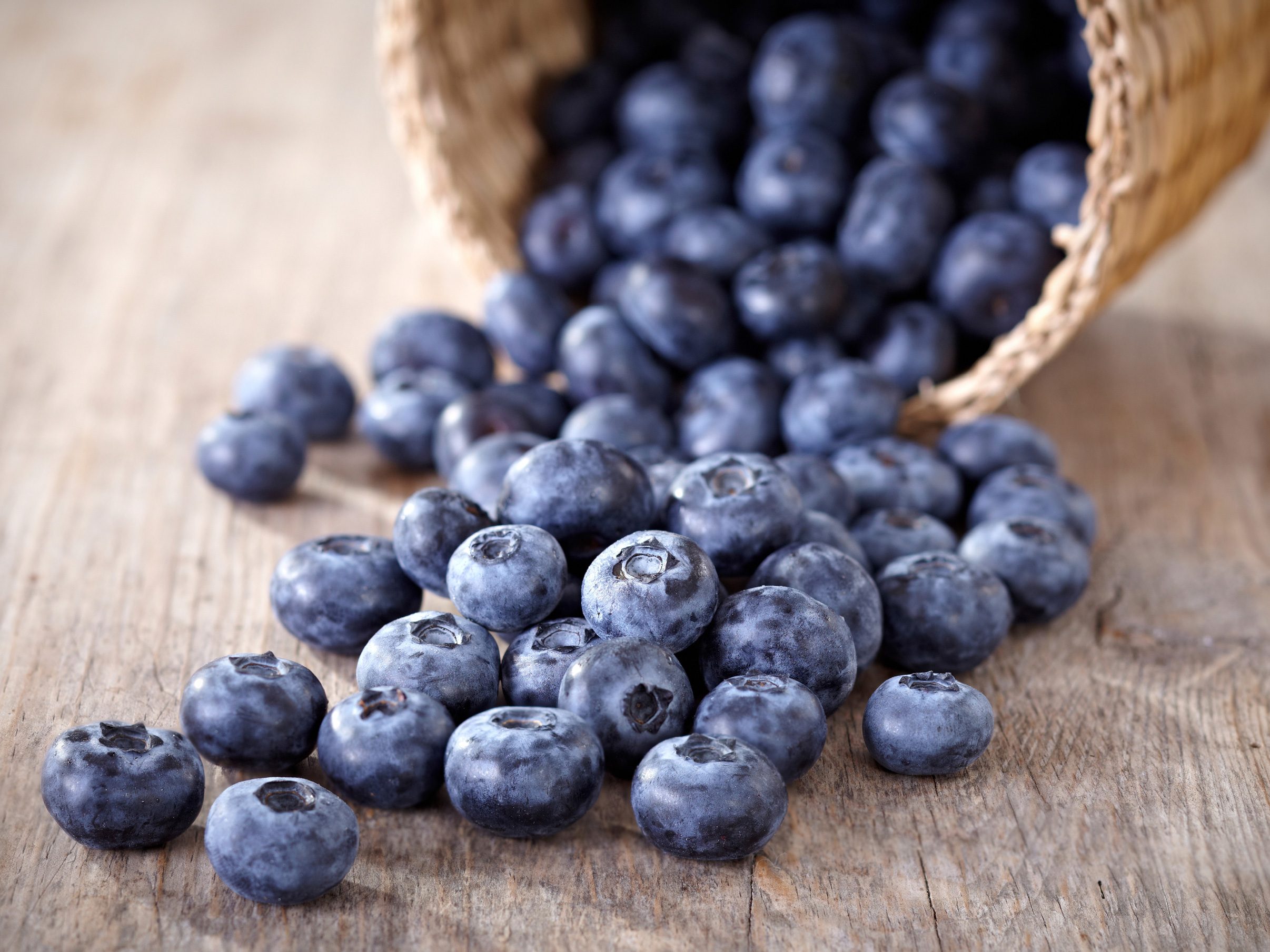
‘Blueberry’ Products
Blueberries are a lip-smacking source of antioxidants, but they’re MIA in many of the products sporting their name. Rather than actual fruit, artificial flavour and blue food colouring are what you’ll find in such items as Kellogg’s Frosted Mini Wheats blueberry cereal or Betty Crocker blueberry-flavoured muffin mix. Want the nutritional punch of the real McCoy? Sprinkle fresh berries into your cereal or baked goods yourself.
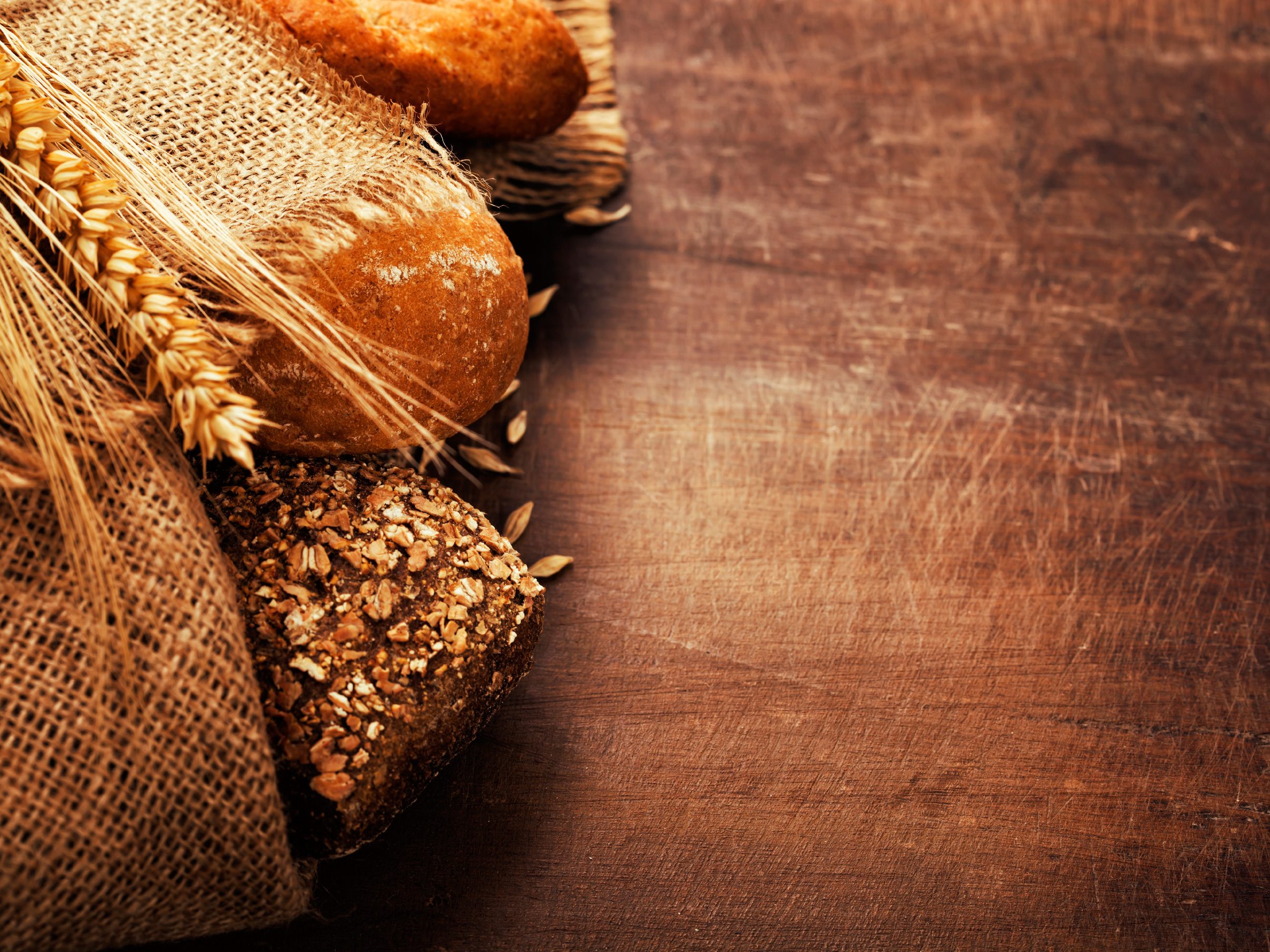
Refined Bread Hiding Behind a Multigrain Label
In Canada, the word multigrain means only that a product is made from two or more flours. They may be whole grains or they may be refined, which means stripped of much of their fibre, vitamins and minerals. Look for a whole grain near the top of the ingredient list to see whether you’re getting nutritional bang for your buck.
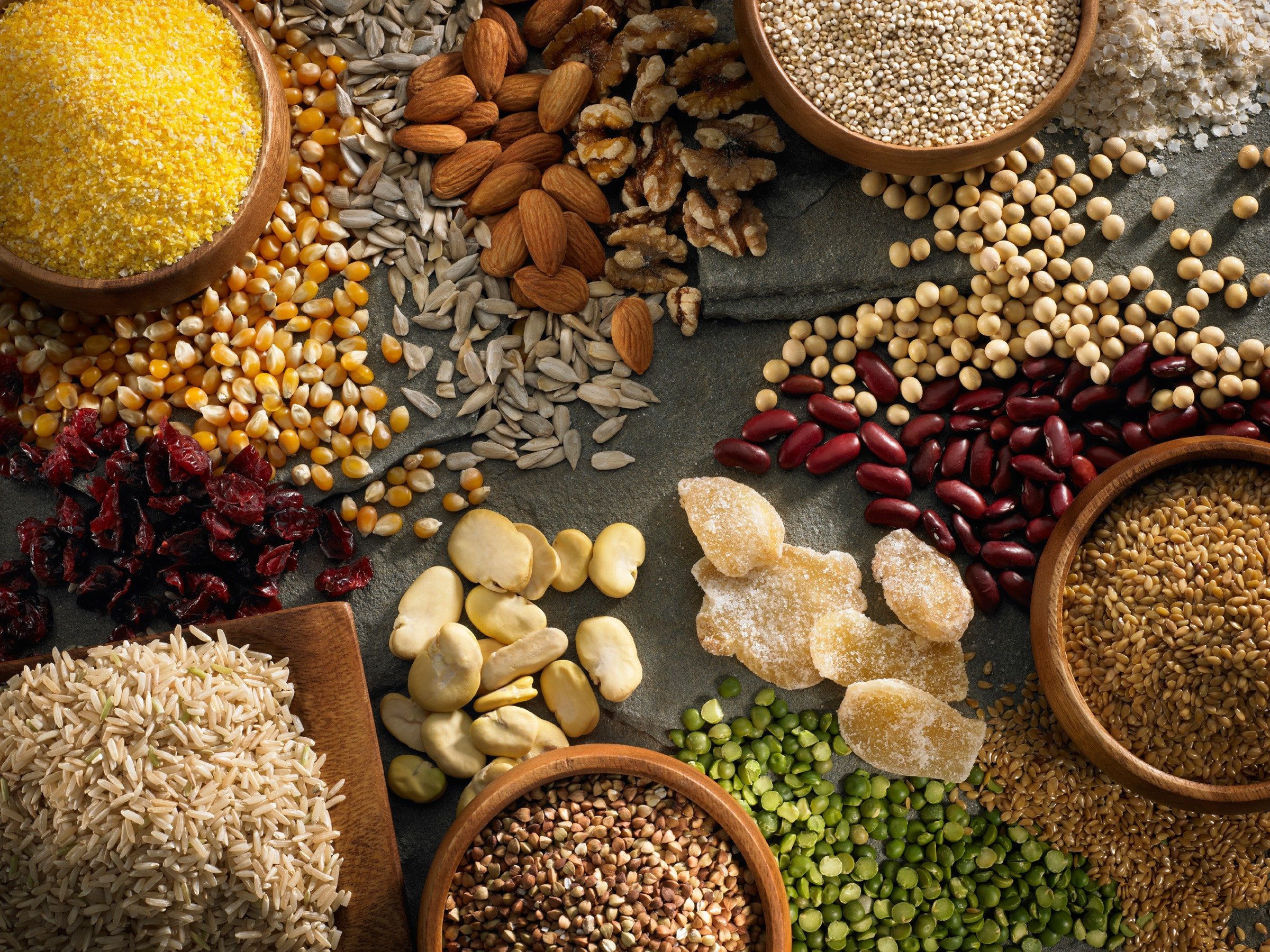
Gluten-Free Products
It’s important for people with celiac disease to avoid gluten. But cutting it out comes at a cost, first, to your wallet, as specialty products can be more than twice as expensive as their gluten-filled counterparts; and second, to your health, because most gluten-free goods on the market are lower in vitamins, minerals, nutrients and fibre than the products they replace. For non-celiac-sufferers, the equation doesn’t balance out.
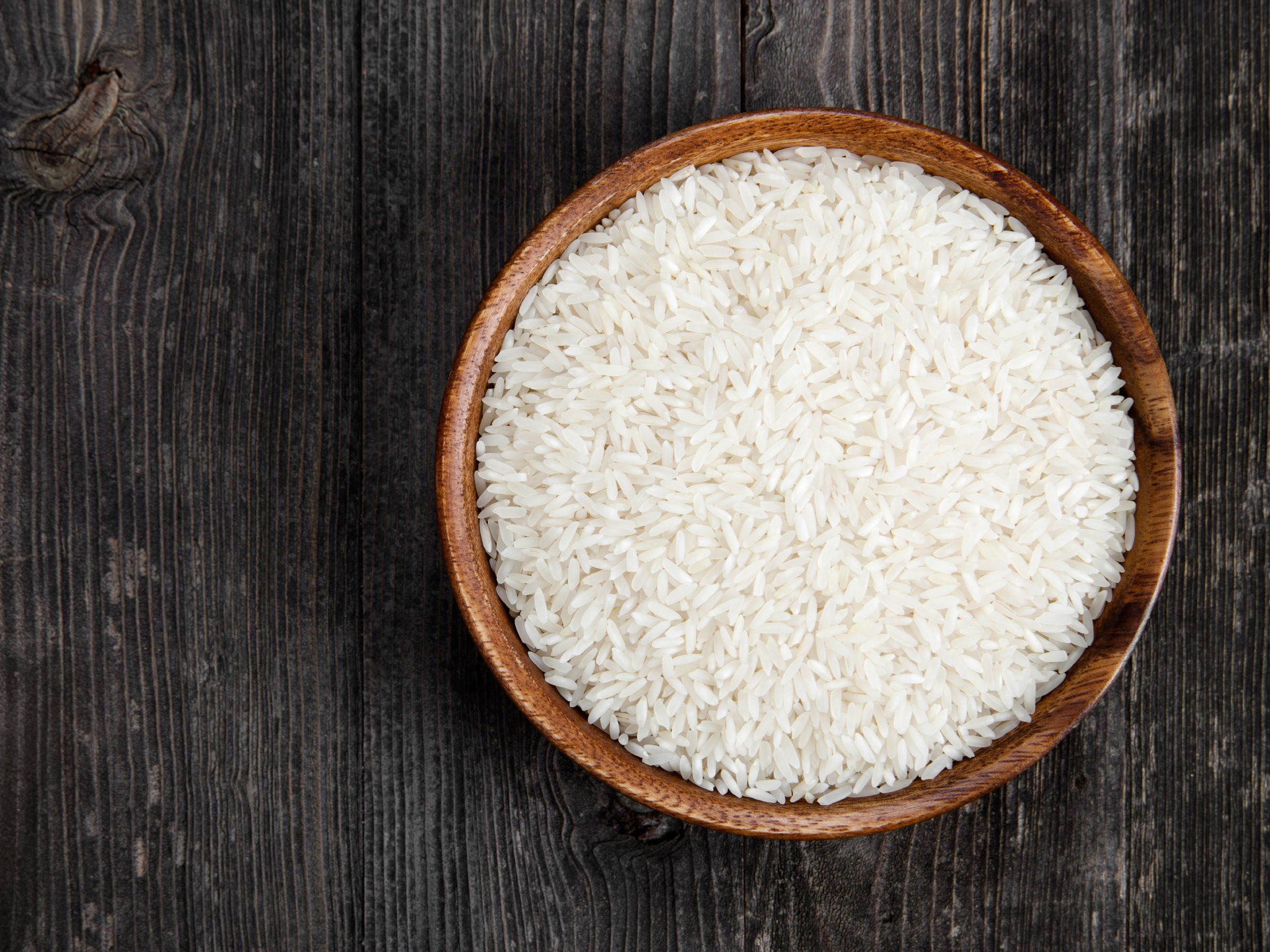
White Rice
Unless your recipe specifically needs the texture of refined rice, choose brown instead. A study published in The Archives of Internal Medicine found that people who ate lots of white rice (including basmati and jasmine) had a higher rate of diabetes than those who ate it rarely. Brown rice, meanwhile, seemed to lower the risk.
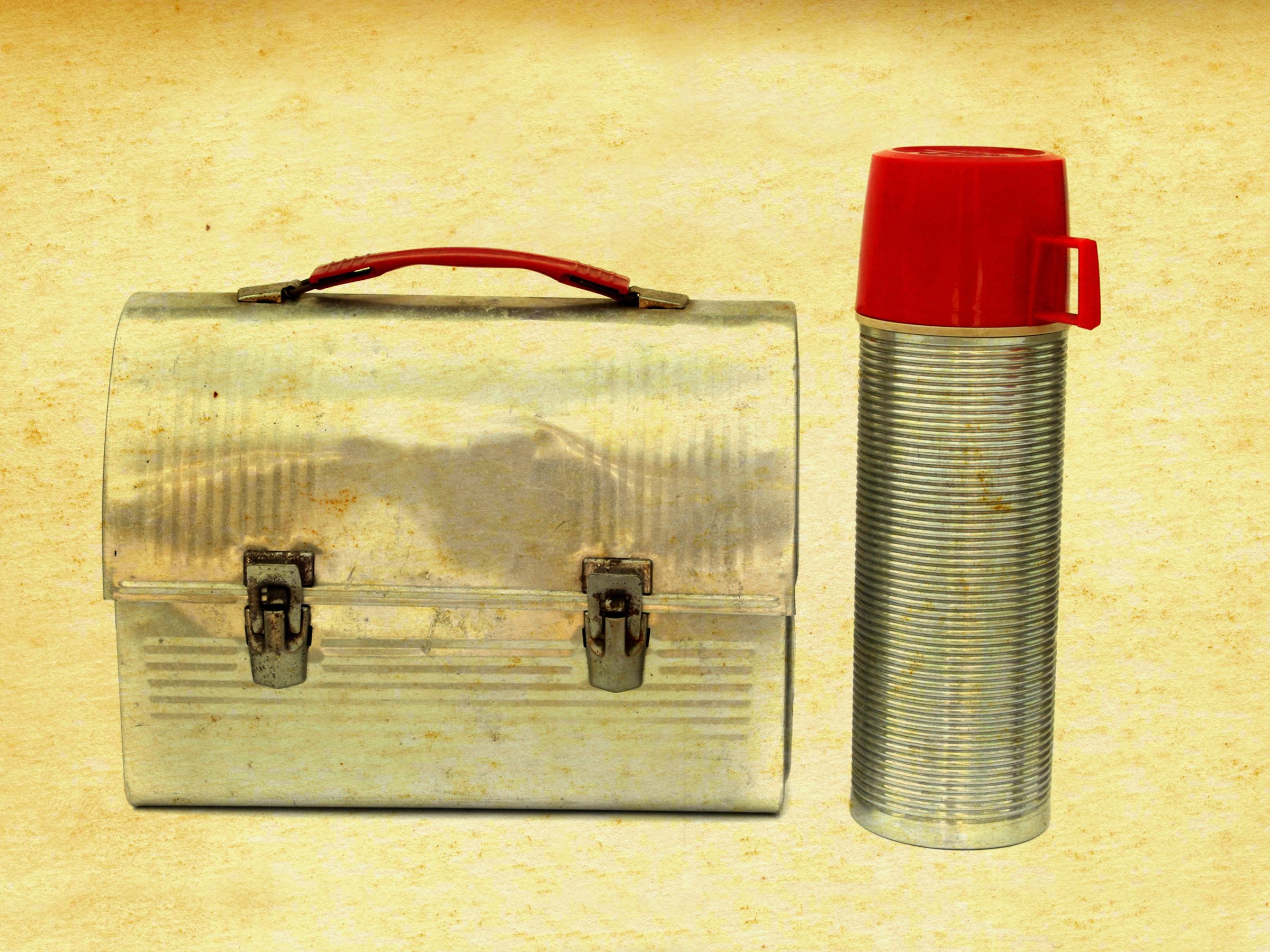
“Snack” or “Lunch” Packs
At a few dollars each, these packages of crackers, cheese and meat may not break the bank, but you’d get better value buying the ingredients separately and throwing them together yourself. In doing so, you may also avoid troublesome additives like high-fructose corn syrup.
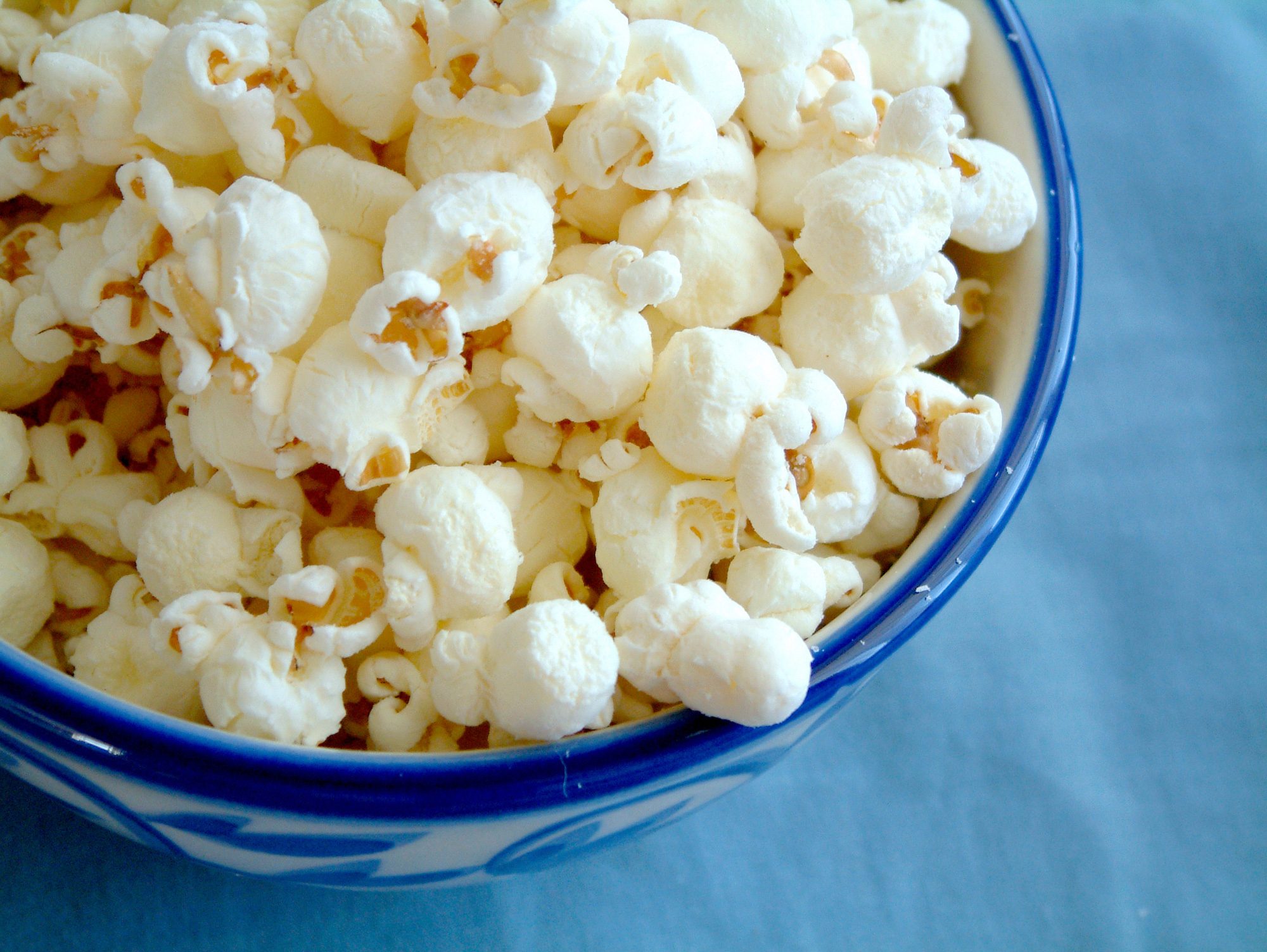
Microwave Popcorn
Popping corn is cheap: a kilo retails for around $2. So what are you paying for when you buy microwave popcorn? A perfluorooctanoic acid-lined bag, synthetic butter flavour and other ingredients that transform a light snack into a junk food. Instead, buy some raw popping corn and pop it with a splash of olive oil in a covered bowl in the microwave. It will be just as easy-and healthier.
Check out more healthy food tips!
Explore Reader’s Digest Canada.